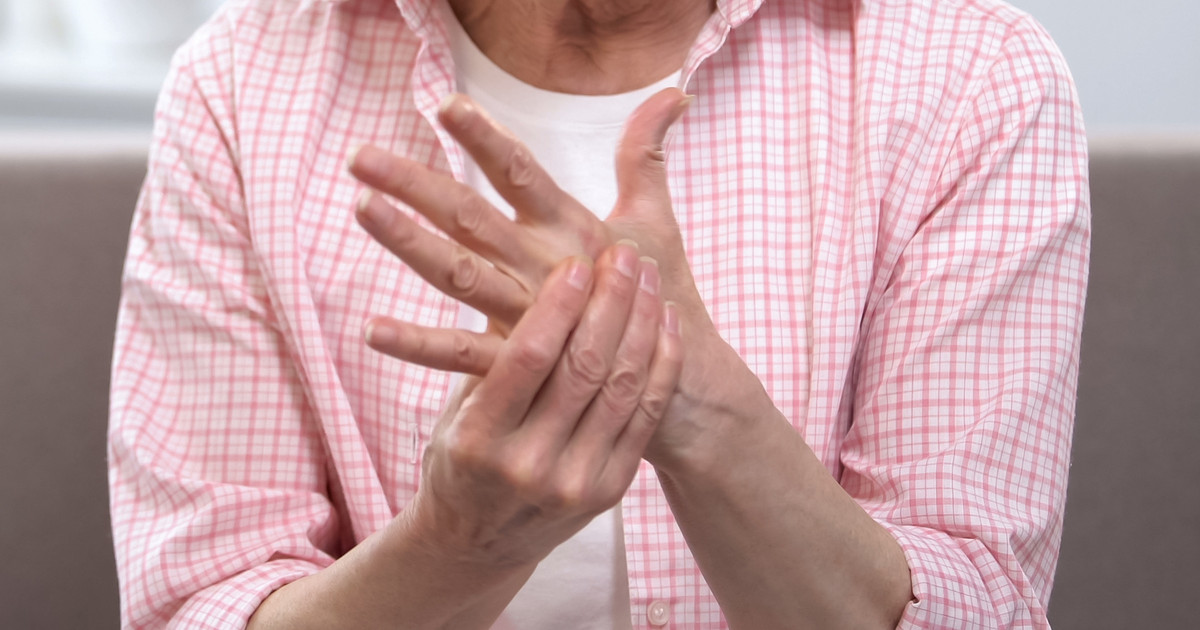Causes And Risk Factors Of A Baker's Cyst
If you notice a soft lump behind your knee, you may have what is known as a Baker's cyst. Damage to the joint of the knee, either due to disease or injury, can lead to the leakage of the lubrication that fills the area of the joint, called synovial fluid. This fluid can collect within the tissue, forming a sac that may feel like it is the size of a golf ball. Also called a popliteal cyst, a Baker's cyst can cause pain and a feeling of tightness when you bend your knees during activities. There are several causes and risk factors for developing a Baker's cyst. These cysts typically go away on their own, especially if the underlying cause is addressed.
Joint Swelling

If there is inflammation or swelling within a joint, this can lead to an increase in the body's production of synovial fluid. If the swelling becomes too severe, the excess synovial fluid can leak out and form the tell-tale sac behind the knee of a Baker's cyst. The cyst itself can form when the extra synovial fluid moves to the back of the knee and is cut off to form a sac by the pressure of the bones pressing together. If you notice the development of this type of cyst, find out the exact cause of joint swelling that is leading to excess inflammation.
Arthritis

Perhaps one of the most common causes of swelling in the knees is arthritis. Rheumatoid and osteoarthritis are the most common forms of this disease that can lead to the development of a Baker's cyst. This is because these forms of arthritis are degenerative, causing the body to respond with inflammation and the development of excess synovial fluid as an effort to lubricate and protect the degrading joint tissues. When a Baker's cyst is caused by such a degenerative condition, there is a possibility that surgery may be required to drain or remove the cyst due to the chronic inflammatory nature of the disease.
